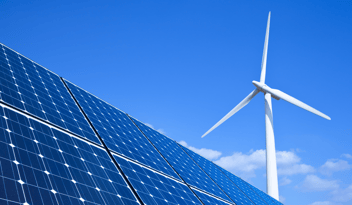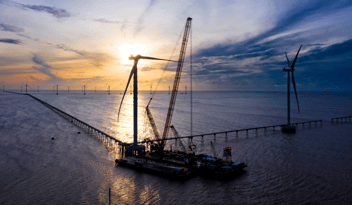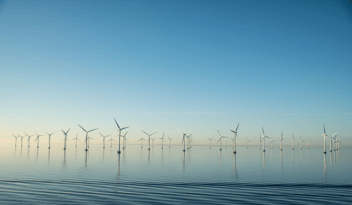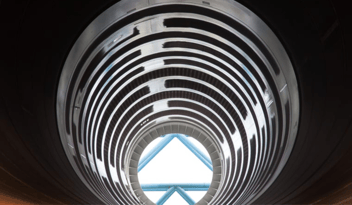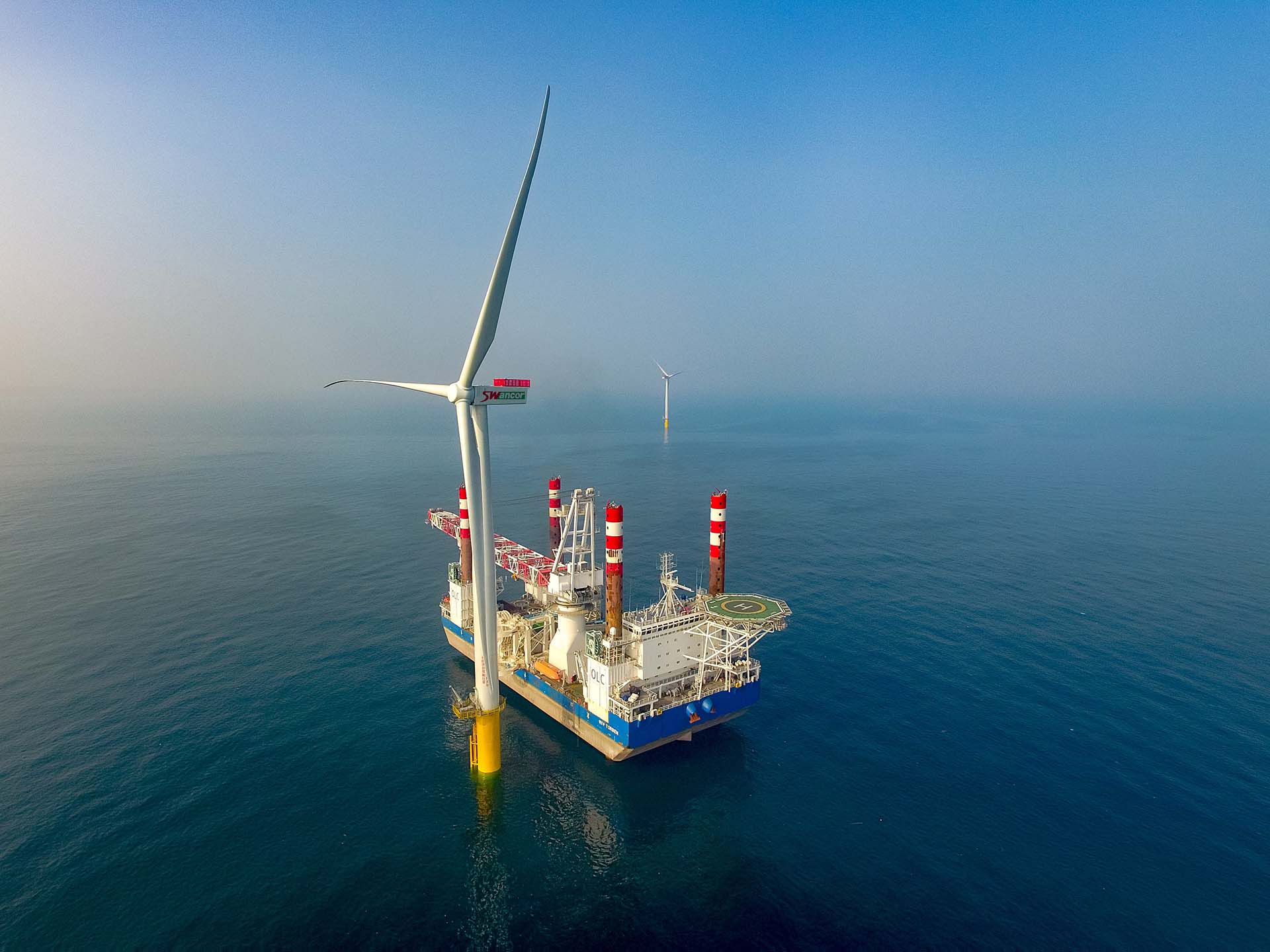
What are the cost drivers affecting low-cost offshore wind?
A 10% increase in offshore operational or in-development capacity compared to 2017 shows the true strength of the industry in terms of maturity, and contribution to reducing the LCOE. But what is behind this global capacity growth and LCOE drop? And how does understanding cost drivers help to effectively manage risk in the drive towards low-cost offshore wind?
From the arrival of 8MW+ turbines, supply chain optimization, safer cost rationalizations thanks to developer and operator experience, and auction-based support mechanisms providing security, both developers and contractors are beginning to sharpen their pencils.
What are the cost drivers?
Even without the pressures of competitive government support mechanisms, capital costs on a per-MW basis have come down by around 50% by simply shifting from 5-6MW machines to 8-9MW machines, owing to balance of plant costs remaining relatively static for a given project capacity.
If the cost of a monopile for 6MW turbine is the same as for an 8MW variant of the same machine in the same site conditions then the volume of offshore activities is decreased, giving time and ultimately cost savings.
Confidence in the ongoing growth of the market has allowed suppliers and contractors to make important investments with confidence and achieve economies of scale and production efficiencies – this has a direct, beneficial impact on prices
What role does the auction process have?
Auction-driven support mechanisms have reduced the element of ‘target pricing’ by turbine suppliers. Previously, any positive changes to a support mechanism generally resulted in a price increase, as suppliers modelled the potential project margins to maximize their benefit, given limited competition in the market.
Auction processes have flipped that model, to the benefit of developers, although there will be a limit to how far prices can realistically drop, while continuing to push technology and scale boundaries. Profit reductions for some of the major suppliers are warning signs that financial stress points could be lurking ahead.
Auction pressures have also had an impact on pricing of turbine maintenance costs. The latest and largest machines now cost around half of the price per-turbine (not per-MW) for maintenance than for the older 3-4MW scale machines. There will be an influence from extended operational experience within the supply chain, but suppliers are clearly looking ahead to the future direction of pricing if offshore wind projects are to achieve long-term economic viability in the era of low support levels or even zero-subsidy.
In the race to the bottom on pricing, investors and developers have financial and technical risks at the forefront of their minds as the offshore wind boom really takes off around the world. Managing and correctly understanding risks can mean the difference between sustained long-term success for all parties, or short-lived growth in the offshore wind world..
